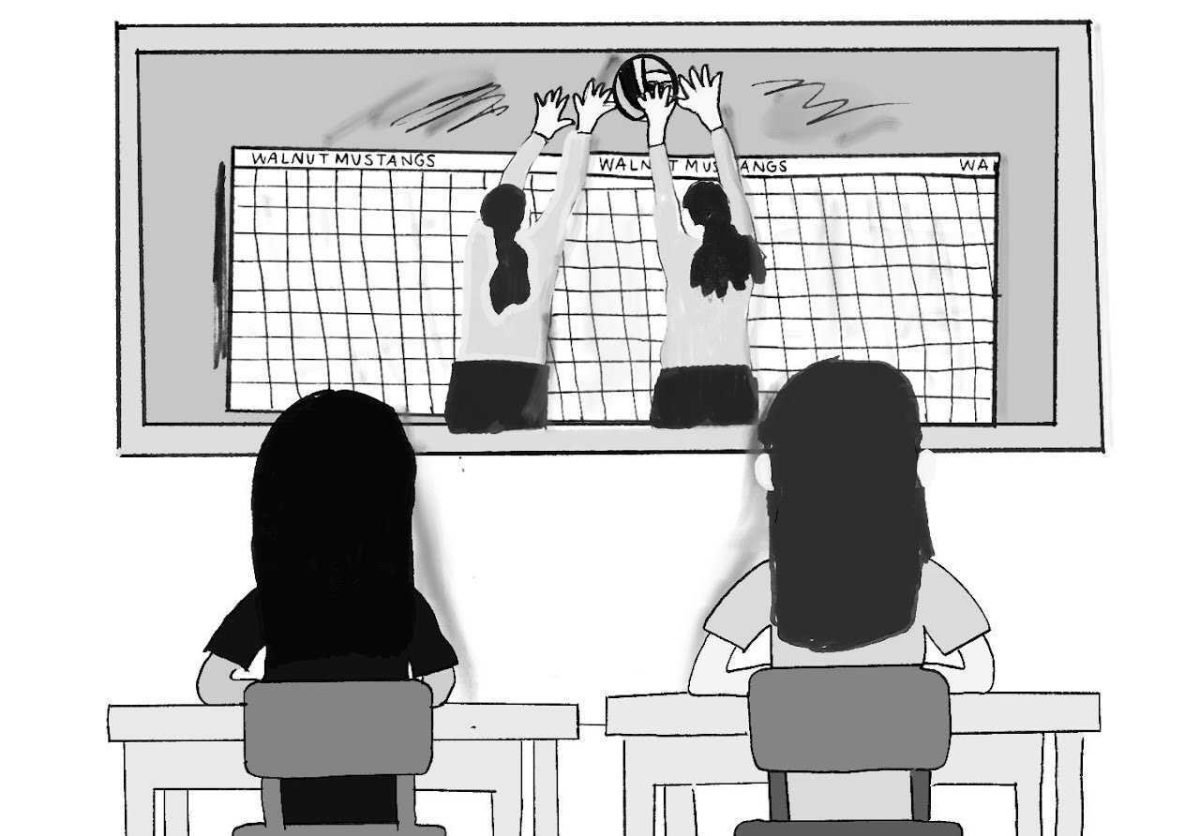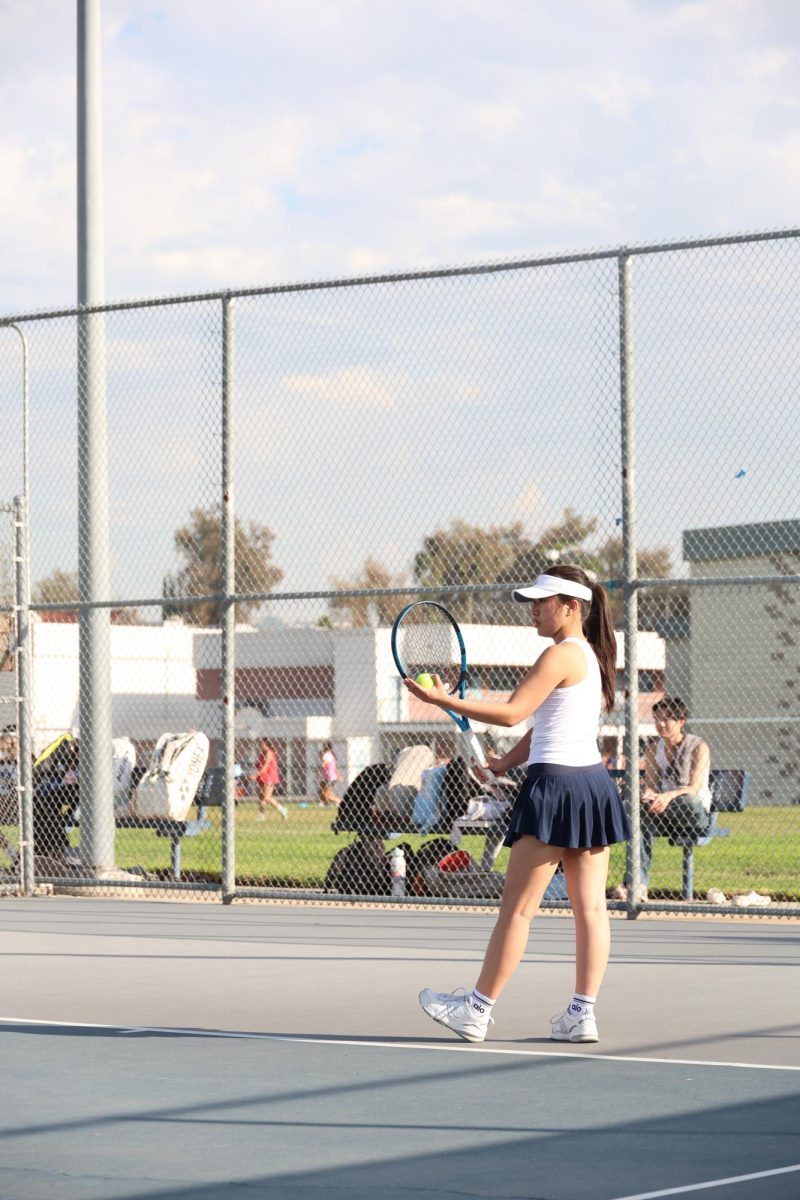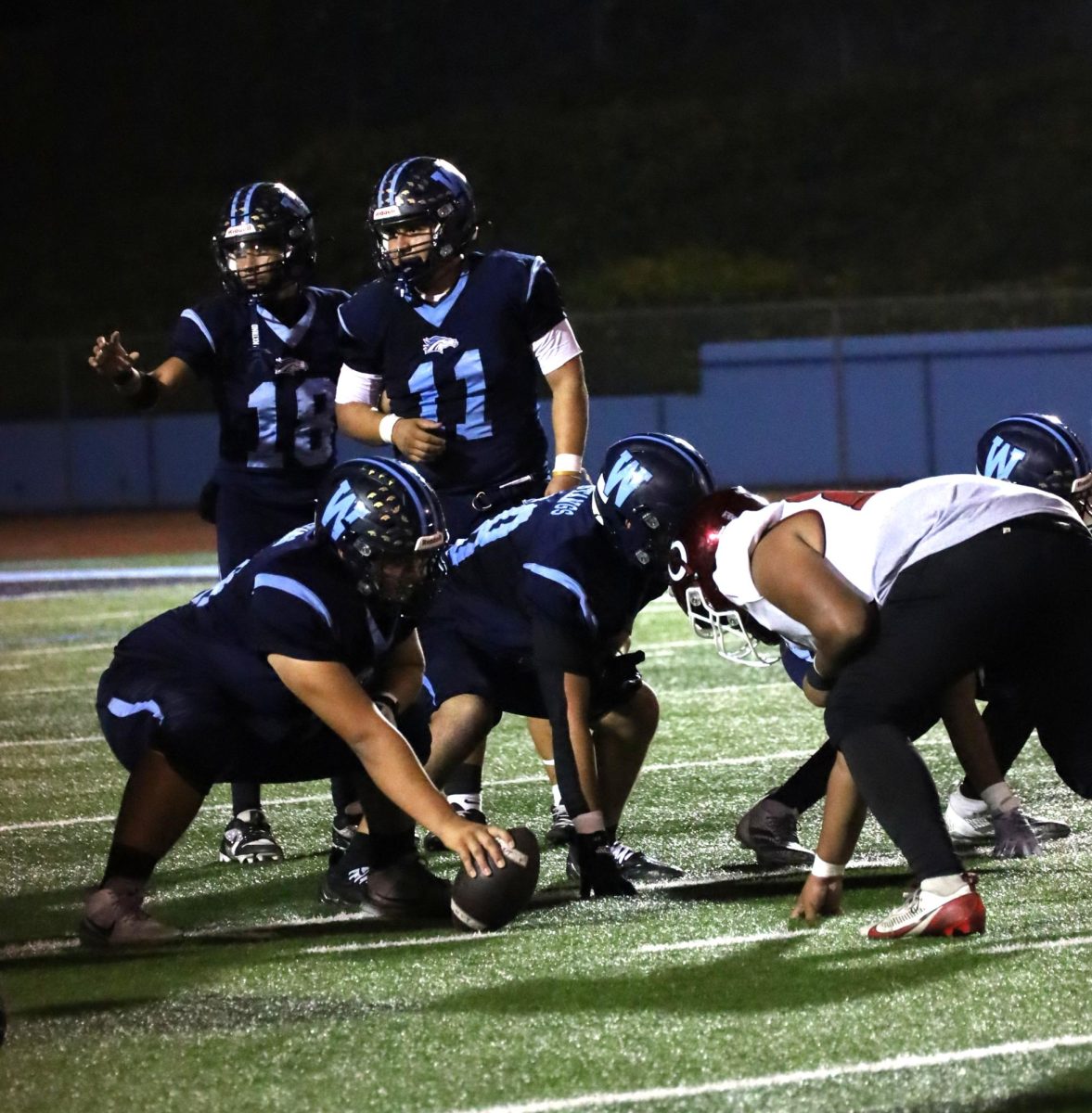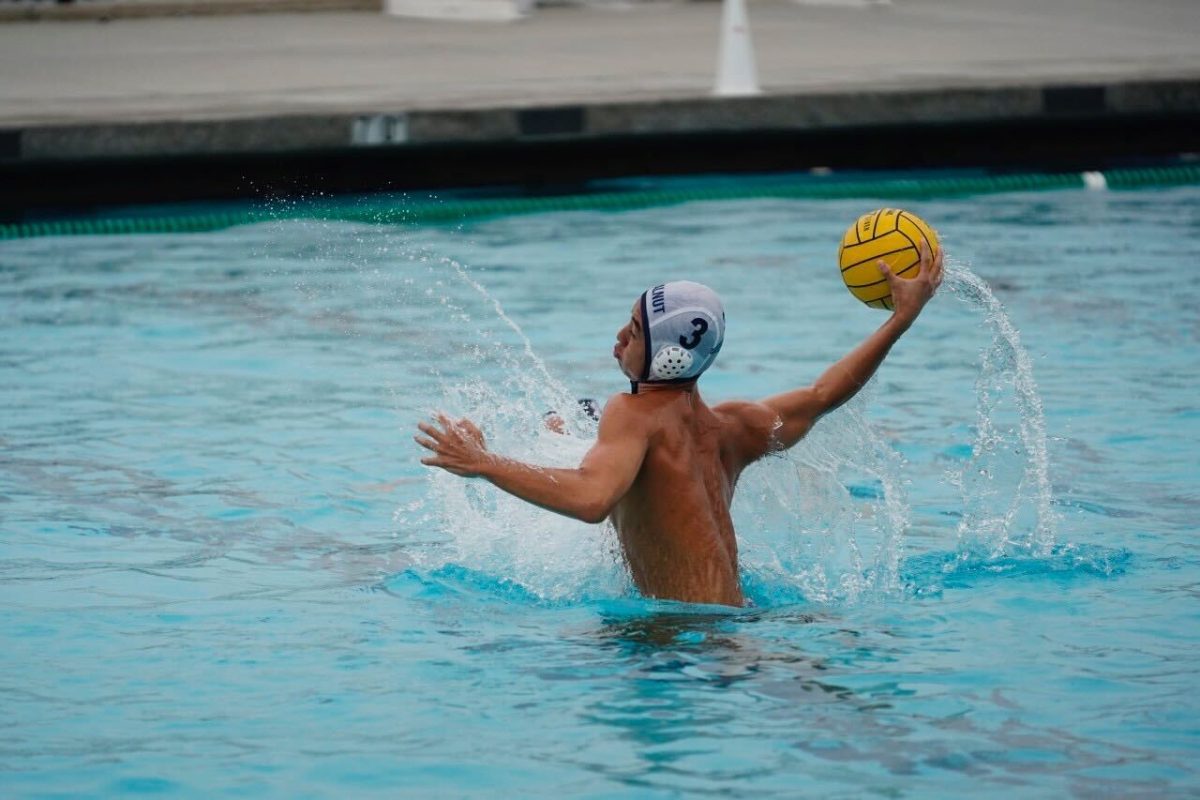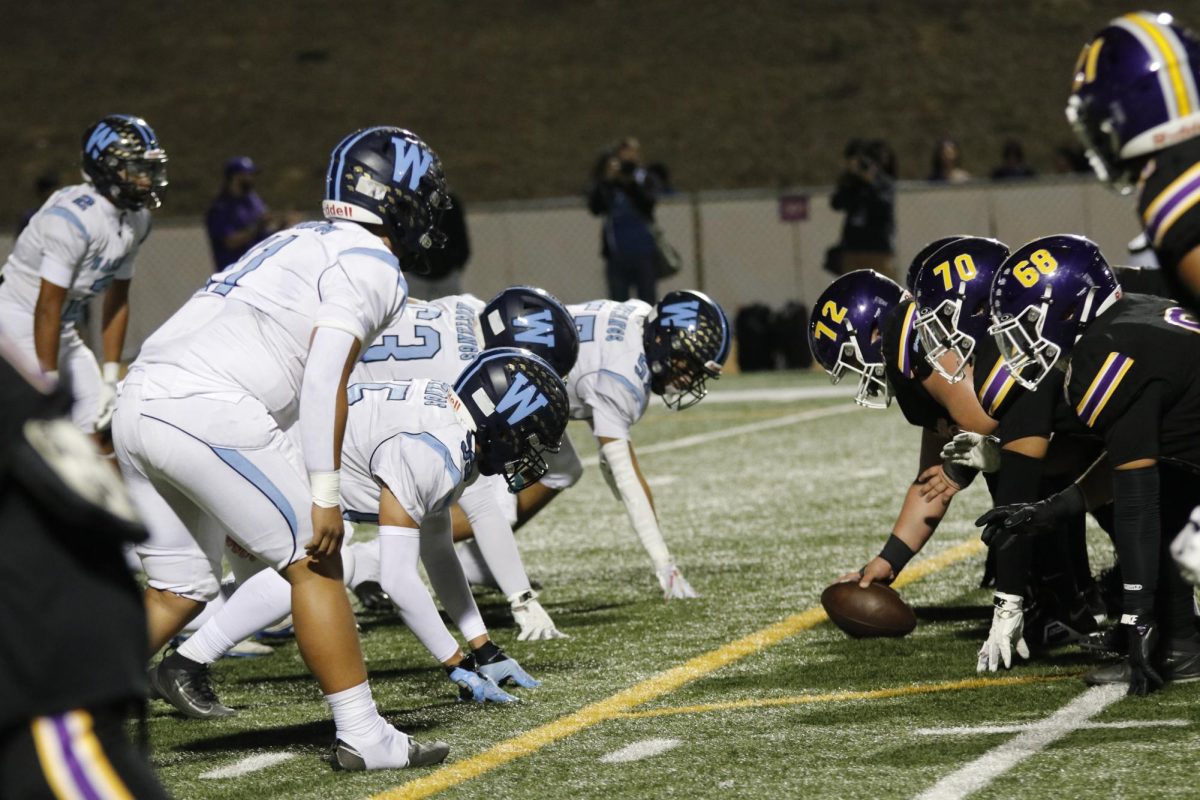As the summer season approaches, coaches need to follow the guidelines in place to prevent students from risking heat-related health issues.
The school follows the Walnut sports medicine heat protocol, based on the National Collegiate Athletic Association Sports Medicine Handbook. It describes the acceptable weather conditions for athletes to train in. Temperatures below 76 degrees are ideal for outdoor activities, but for any temperature above 86 degrees, all practice and games are canceled. California Interscholastic Federation (CIF) has also been pushing new heat illness and lightning protocols, as well as having AEDs installed on campus.
“With these new [laws], it will help us athletic trainers here in the southern section in keeping the kids safe,” athletic trainer Victoria Vidales said. “That’s why when I came to campus, I implemented the heat illness protocol and frequent water breaks.”
To ensure the safety of students, coaches have been active in communication with Vidales over the issue of having practice and games under harsh weather conditions. Temperatures for the week are checked three days in advance so coaches can alter their practices accordingly. For instance, cross country moves practice to the mornings, football moves to night practice and soccer moves their athletes to the cycling room if temperatures are too high.
“Victoria is phenomenal at communicating,” track and field coach Keith Thompson said. There’s a group text that she communicates through and with the athletic director being so close to my office, there’s fantastic communication.”
To monitor the heat and humidity, a wet bulb globe temperature (WBGT) psychrometer is used. This device measurement tool uses ambient temperature, relative humidity, wind and solar radiation from the sun to get a measure that can be used to monitor environmental conditions Air quality is yet another essential factor as outdoor sports such as cross country or track and field cannot be practiced if there is too much smoke or the air quality index is too high.
“The air quality is more of a problem than the heat because we can just go in the morning for that,” cross country and track coach Jerry Knox said. “If there’s poor air quality, practice gets canceled for a whole week and with the wildfires a couple of years back, we’ve had to do that.”
With temperatures expected to hit the high 80s for the next few weeks, the guidelines are important so that athletes can remain safe. Staying hydrated can help athletes avoid the consequences of the intense heat. In the case that an athlete feels the strain coming from the heat, the athletic training clinic has several methods to alleviate this. Vidales implemented slush buckets, which are boxes filled all the way up with ice and water with towels placed in them so that students can come and use them to cool off. Coaches are also instructed to give athletes frequent water breaks and are trained on the symptoms of heat stroke so they can take action before the situation escalates.
“It’s important to educate the coaches because what if it’s just hot and a kid didn’t drink water all day? That’s why it is important to have these protocols in place,” Vidales said. “Communication has to be strong and efficient between the coaches and myself so that the athletes are kept safe.” Ω

![Senior Jonathan Crawford finishes his running routine and cools off by the water station. “It was a long day of [track] practice and we just finished running 350 meters and then sprinting 50 meters,” Crawford said. “It was hot and I was exhausted after the long day.”](https://whshoofprint.com/wp-content/uploads/2024/05/2F7FEE37-5A42-4778-8FA8-896E72084B06-1200x800.jpeg)
